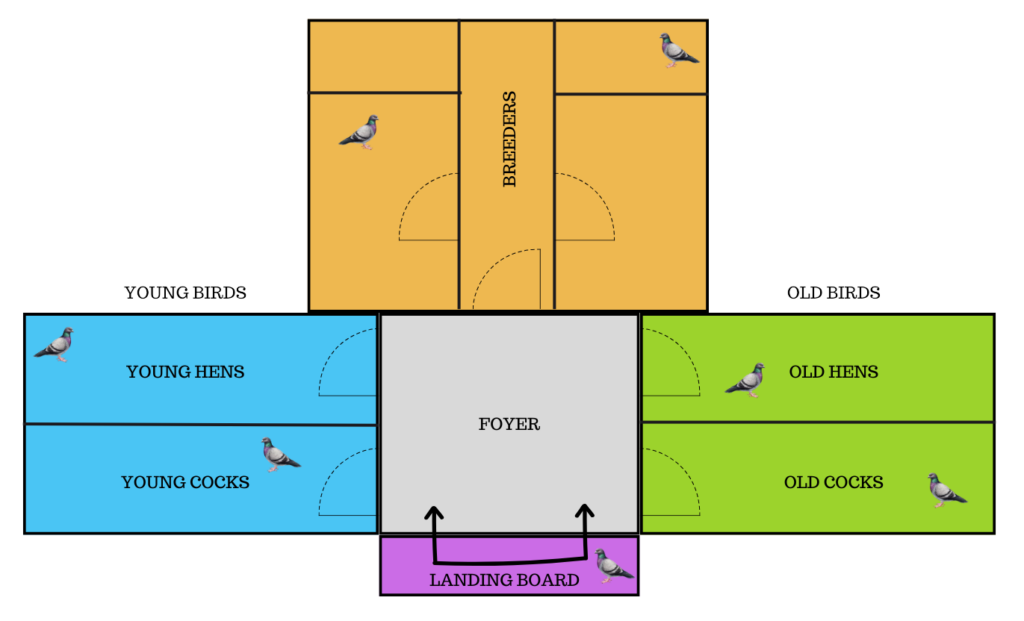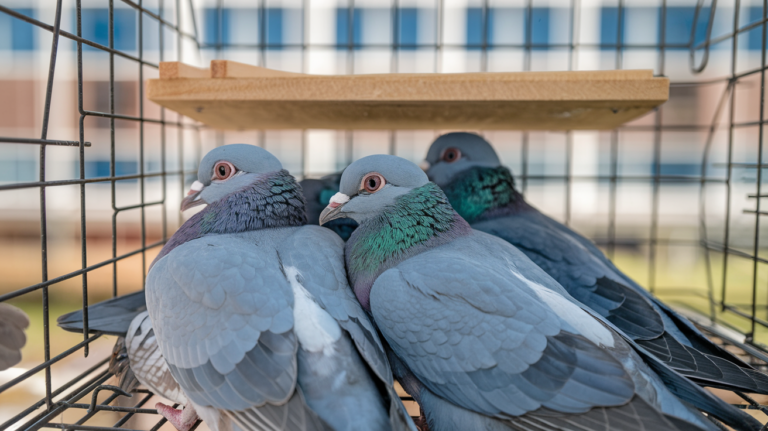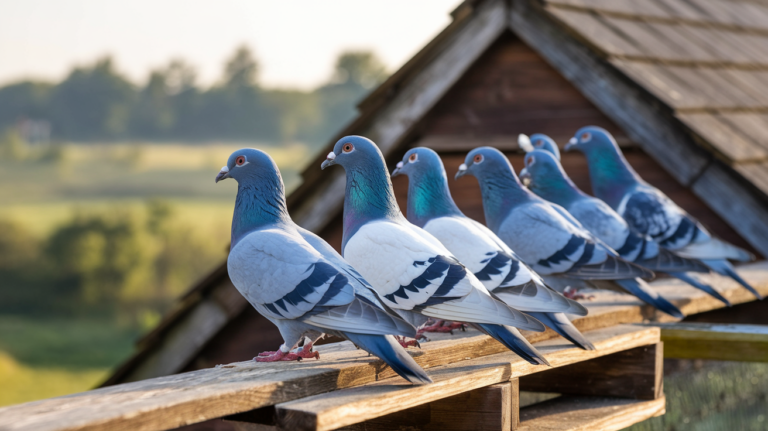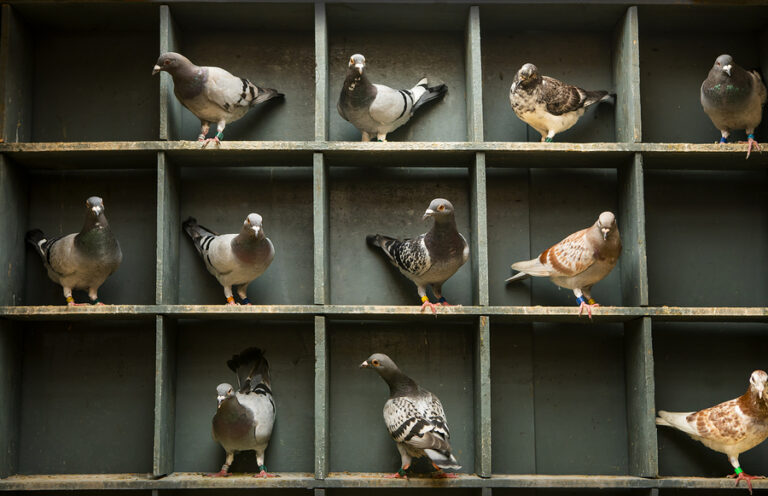
When it comes to pigeon racing, every detail counts, and that includes the loft where your pigeons live and train. The design and construction of your loft can significantly impact your race results. A well-organized loft not only promotes the health and well-being of your pigeons but also supports the race management system you’ve set in place. In this guide, we’ll take a look at how a functional loft design for pigeon racing can help you achieve success – from hatching to retirement.
Loft Design for Pigeon Racing: The Widowhood System Approach
A key feature of effective loft design for pigeon racing is ensuring that the structure supports the specific race management system you follow. For example, the widowhood system is a popular method used by many fanciers. In this system, pigeons are raised and trained in a way that maximizes their performance during racing seasons. The loft layout should reflect the needs of this system, and the design should be flexible enough to accommodate pigeons at every stage of their life.
In the case of young birds, they are first raised in a breeding loft and then transitioned into the Young Cocks and Young Hens sections. During the early months, these sections are designed to allow for efficient space usage. For example, the wire nest fronts in the widowhood nest boxes are adjusted to split them in half, creating additional perch space. This simple change can double the number of perches without compromising comfort or organization. By the time the young birds are ready for their final team selection around July 1st, these boxes return to full widowhood nesting status.
Once the young bird season concludes, the birds are moved into the “Old Bird” sections – the Young Cocks become Old Cocks, and the Young Hens join the Old Hens. These regular movements allow for efficient use of space and help ensure the loft is always prepared for the next season.
Integrating the Loft Sections: Efficiency is Key
A unique and effective aspect of loft design for pigeon racing is the integrated trapping system. Instead of having separate buildings for the breeding loft, young bird loft, and old bird loft, all of these sections are housed under one roof. This design allows for a streamlined trapping system, where pigeons from all stages of life can trap into a common foyer or hallway.
By keeping everything in one place, you reduce the need for retraining birds to navigate different sections of the loft. Young birds, old birds, and breeders can exercise and trap into their designated areas without confusion. This system is efficient, convenient, and minimizes stress for both the fancier and the pigeons.
Customizing Your Loft Design for Maximum Functionality
While the basic loft design for pigeon racing can be adapted to suit individual needs, there are key components to keep in mind for overall success. The loft can be divided into various sections to maximize space and functionality. For instance, the racing loft is typically split into six 5-foot sections on each side, while the breeding loft has four sections, not including the hen areas.
The landing board area, typically six feet high, can be used for additional purposes. The space underneath can be converted into an aviary, a feed room, or even a small office to observe the pigeons as they return from races. The flexibility of loft design ensures that every inch is put to good use, making the loft as efficient as possible.
Creating Comfortable Spaces for Your Pigeons
As much as loft design for pigeon racing is about functionality, it’s also about ensuring comfort for your pigeons. A well-designed loft should allow no more than twelve pigeons to occupy a 5×6-foot section. This layout ensures that each bird has enough space to thrive, whether they are young birds before July 1st or mature racers.
Comfortable nesting areas are also essential. In the young bird sections, the nest boxes are divided to create more perches, doubling the number of available spots without compromising the birds’ comfort. For racing pigeons, having a designated resting space helps reduce stress and allows them to focus on their training and races.
Why Loft Design Reflects Race Management Success
A well-built, well-organized loft speaks to the level of race management that takes place inside. A cluttered or haphazardly constructed loft often reflects a chaotic race management system, which can result in inconsistent race outcomes. In contrast, a thoughtful, carefully planned loft design tends to correlate with better performance on race day.
It’s no surprise that many successful Belgian pigeon fanciers have impeccably designed lofts. While some may not have the budget for lavish brick or stone structures, their lofts are always well-organized and efficient. These fanciers know that a solid race management system, supported by a smart loft design, is key to competing successfully in races like those held by the Antwerp Union.
Conclusion: Loft Design for Long-Term Racing Success
Your loft’s design plays a pivotal role in the success of your pigeon racing program. From the initial setup for young birds to the final resting place for retired champions, a thoughtful loft design will promote healthy, well-trained pigeons capable of achieving their racing potential. By focusing on efficiency, comfort, and an integrated system, you can ensure that your loft supports both your pigeons and your race management system for years to come.








